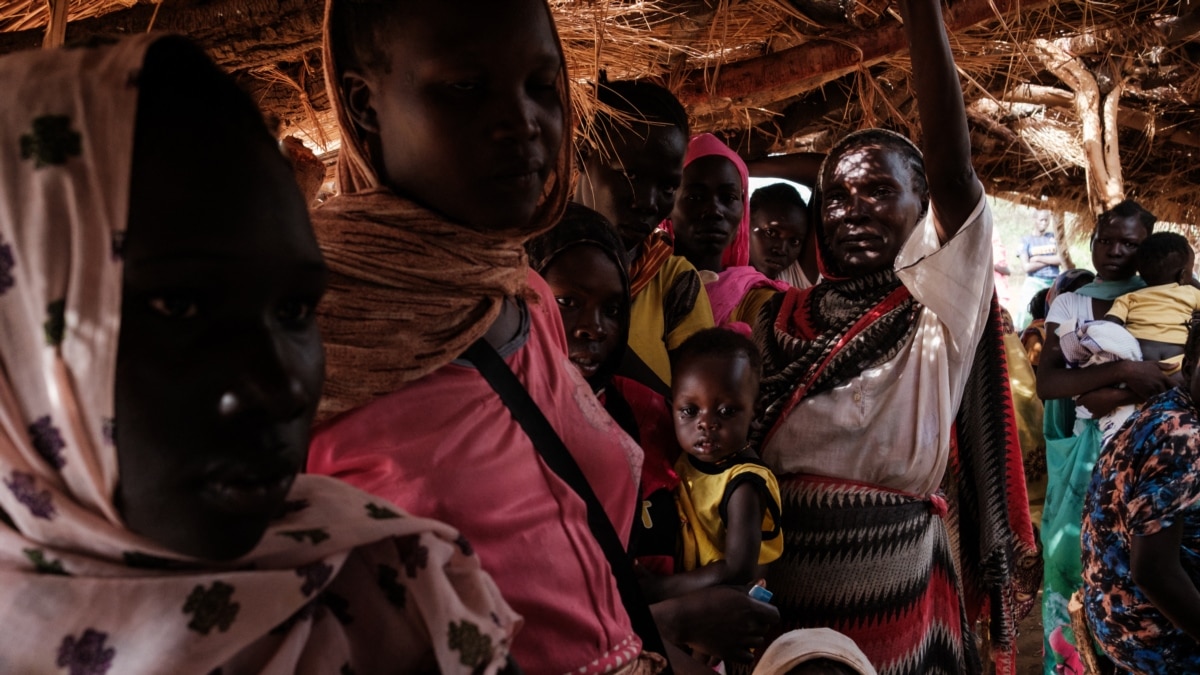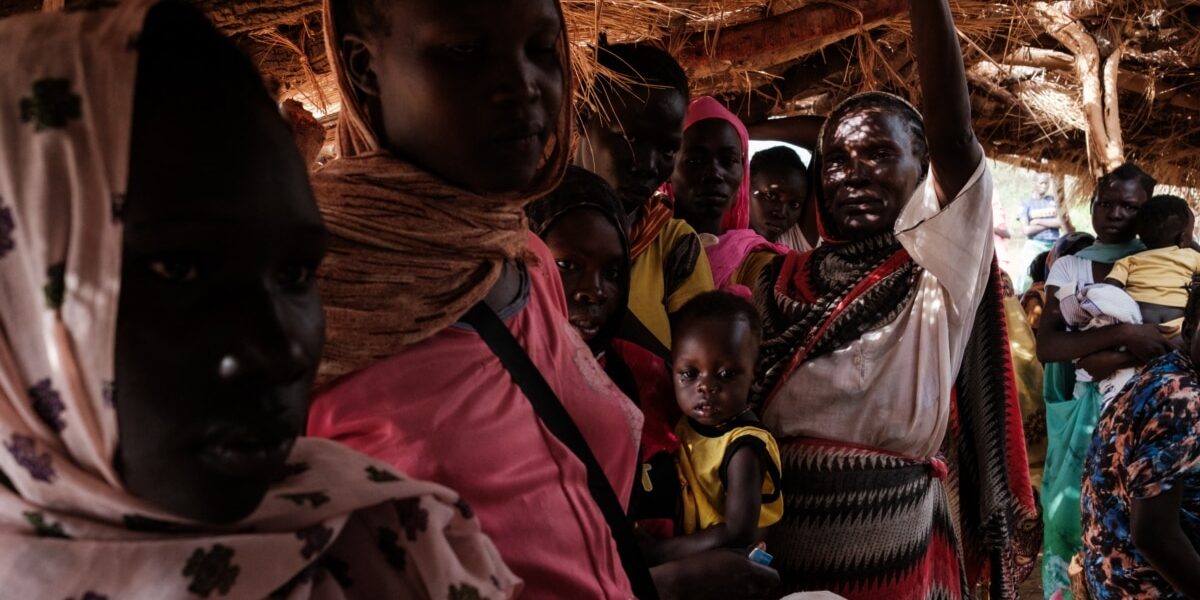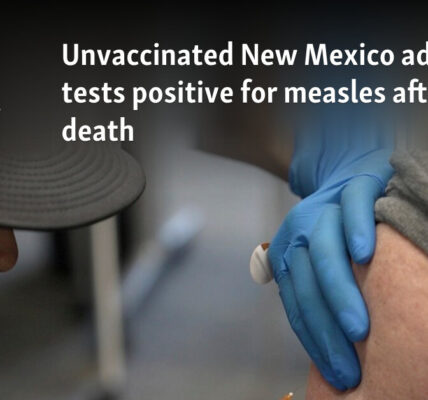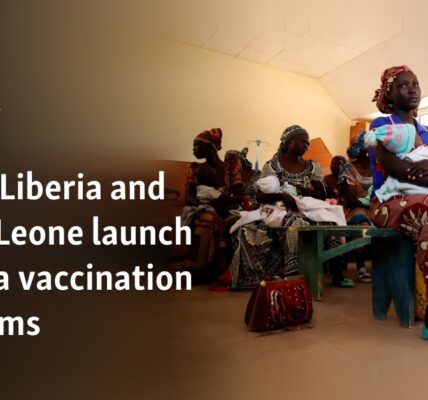
Progress toward achieving a world free of hunger has stalled, while efforts to improve the nutritional status of billions of people have been setback 15 years as global crises deepen in some of the world’s poorest countries, according to a new report published Wednesday on the State of Food Security and Nutrition in the World.
The report, which was prepared by five specialized UN agencies, warns that “the world is still far off track to achieve Sustainable Development Goal 2, Zero Hunger by 2030, with the global prevalence of undernourishment persisting at nearly the same level for three consecutive years,” from 2021 through 2023. This follows a sharp rise in global hunger following the COVID-19 pandemic from 2019 to 2021.
Last year, around 733 million people faced hunger, which is equivalent to one in 11 people globally and one in five in Africa, according to the report.
“Based on the current trajectory, our projections indicate that 582 million people will still face hunger in 2030 and half of them will be in Africa,” Maximo Torero, chief economist at the Food and Agriculture Organization, or FAO, told journalists in Geneva on Monday, in advance of the report’s publication.
“Even though hunger has stalled at the global level, there are signs of encouragement, as there are significant regional and subregional differences,” he said on a video link from Rio de Janeiro, Brazil.
Data on regional trends show progress in reducing hunger has been made in some subregions of Asia and, most notably in Latin America, from 2022 to 2023. However, experts say hunger is continuing to increase in Western Asia, the Caribbean, and in most African subregions, with hunger in Africa steadily rising since 2015.
“In 2023, Africa is the region with the largest percentage of the population facing hunger—more than 20 percent,” said Torero, noting that the prevalence of moderate or severe food insecurity there was 58 percent, “which was nearly double the global average.”
“One of the main challenges is that Africa is the only region where hunger increases are associated to all three major drivers—conflict, climate extremes and economic downturns. And many of the countries face these major drivers at the same time,” he said.
The report highlights the impact of poverty on peoples’ inability to afford a healthy diet. In 2023, it says more than one-third of people in the world, about 2.83 billion, “faced moderate or severe food insecurity,” and among those, more than 863 million people were “going without food for an entire day or more at times.”
Amidst this bad news, Francesco Branca, director of the WHO, or World Health Organization’s, nutrition and food safety department, said there was some good news in the report. Since 2012, there has been a reduction in the global levels of stunting – a condition that impairs growth and child development – from 26 percent to 22 percent, he said.
Additionally, he said acute malnutrition in children under five has gone down from 7.5 percent to 6.8 percent.
“We also have to celebrate the success of improving breast feeding rates from 37 percent to 48 percent, almost reaching the target that the World Health Assembly established by 2025. We still have a lot of work to do for the 2030 target, but we are on track there,” he said.
Unfortunately, Branca pointed out that anemia in women aged 15 to 49 has increased with “more than half a billion” affected by this condition. “And, of course, the other bad news is the number of adults with overweight or obesity has risen significantly.”
“We now calculate over a billion individuals are affected by this condition with projections to increase to 1.2 billion obese adults by 2030,” he said.
Authors of the report warn that “The double burden of malnutrition – the co-existence of undernutrition together with overweight and obesity – has also surged globally across all age groups.”
“Thinness and underweight have declined in the last two decades, while obesity has risen sharply,” they say.
Sara Savastano, a director at IFAD, the International Fund for Agricultural Development, is calling for action from all sectors of the economy, as well as agricultural interests, to address the nutritional challenges in Africa “where the burden of malnutrition and obesity is stronger than everywhere in the world.”
The report argues that achieving Zero Hunger requires a multi-faceted approach, including transforming and strengthening agrifood systems, addressing inequalities, and ensuring affordable and accessible healthy diets for all and a very large injection of cash.
WHO’s Francesco Branca underscored the importance and cost-effectiveness of financing projects to end hunger, noting the findings of a 2012 World Bank report, which shows that investing in food security and nutrition pays big dividends.
The World Bank, he said, estimates the cost of achieving at least four of the global nutrition targets – stunting, anemia, exclusive breast feeding, wasting – at $70 billion for 10 years, about $7 billion per year.
“Now, what we have seen in terms of donors’ investment is $1 billion, which is a small fraction of what is needed just to achieve these four targets. But these investments produced an incredible return,” Branca said.
“The investment of one dollar, for example, on programs to protect and support breast feeding had a return of $35, which is really enormous. Programs investing in stunting, $11, anemia $12. So, there is definitely an incredible return,” he said. “We want to flag this because clearly at a time of shortage of resources for development, an investment in nutrition is really making a difference.”
The United Nations’ FAO, IFAD, U.N. Children’s Fund, World Food Program, and WHO all participated in the preparation of the report.
Source: voanews.com




